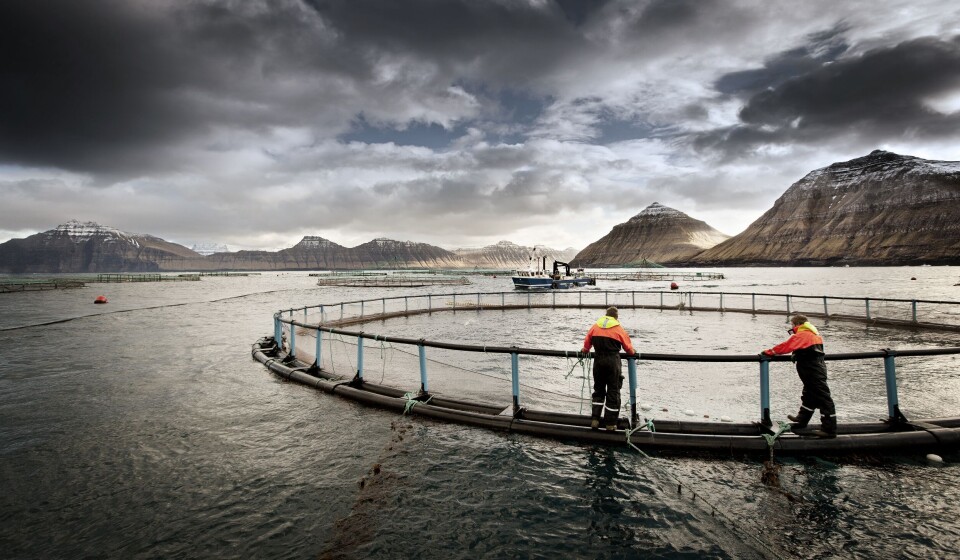
Bakkafrost harvests big fish as it keeps lice levels low
The Scottish Salmon Company’s new owner, Bakkafrost, has reported high growth rates and some of the lowest sea lice and mortality in many years at its farms in the Faroe Islands.
It the company’s third quarter report, which does not include results from SSC, chief executive Regin Jacobsen said: “This is a result of committed and skilled employees and a strong effort on a continuous improvement of the biology and the welfare of the salmon.”
Jacobsen said the average size of harvested salmon had been exceptionally high, which had put the company in a good position to withstand a difficult market situation in which spot prices were 10% lower than last year.

54,600 gwt for year
Bakkafrost harvested 12,900 tonnes gutted weight in Q3, compared to 7,217 tgw in the same period last year, and the farming segment made an operational EBIT of DKK 231.5 million (£26.8m), up from DKK 139.6m in Q3 2018.
The company harvested 39,254 gwt in the first nine months of 2019, compared to 32,356 gwt in the same period last year, and expects to harvest 54,600 gwt for the whole of 2019. Bakkafrost expects that to increase by 2,500 gwt next year.
The company released 2.4m (3.3m) smolts in Q3, making a total of 7.7m (9.2m) for the first nine months. Bakkafrost had postponed the release of 800,000 of the 13.5m smolts due to be released in 2019 until the first quarter of next year to reduce the risk associated with smolt release in the coldest weeks of the year.
18% more smolts
The number of smolts released next year is planned to increase by 18%, which will help to increase the 2021 harvest to somewhere between 65,000 and 68,000 gwt.
The lower spot prices in Q3 helped the Value Added Products (VAP) segment, which could buy its fish more cheaply and sell at fixed prices. It made an operational EBIT of DKK 25.9m (DKK 2.8m).
Bakkafrost’s FOF (fishmeal, oil and feed) segment made an EBITDA of DKK 94.5m (DKK 41.4m) for Q3 and sourced 17,845 tonnes (7,496 tonnes) of raw material.
Overall the Bakkafrost Group made a total operational EBIT of DKK 303.4m in the quarter, which Nordea’s morning report said was 11% higher than market expectations.























































